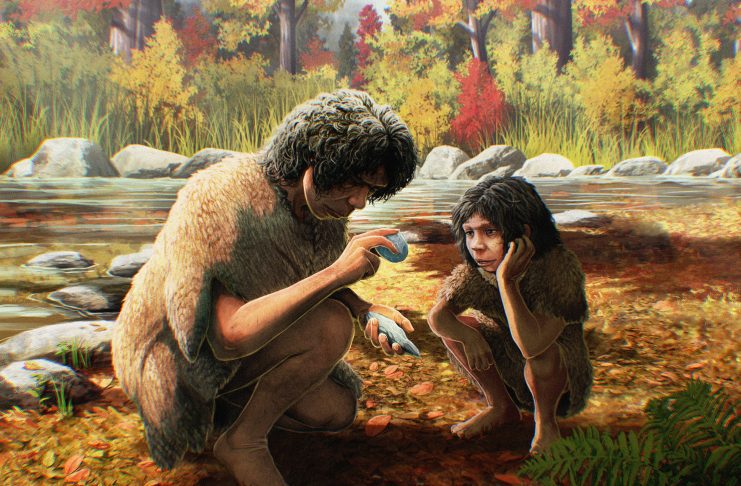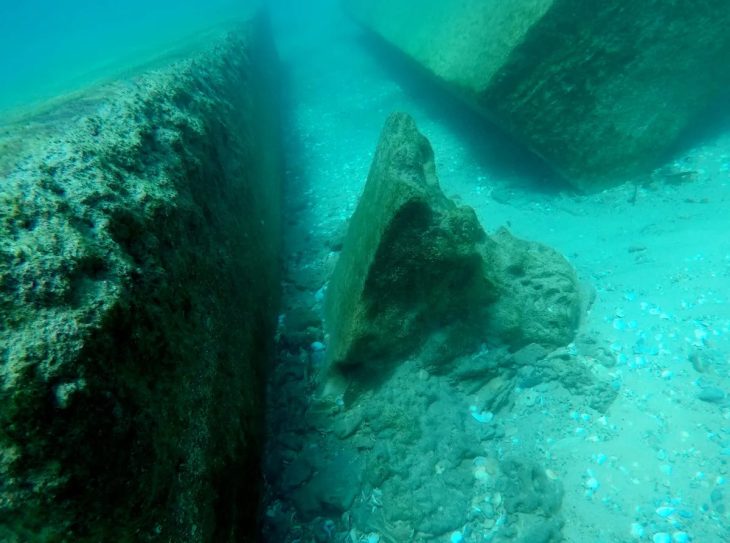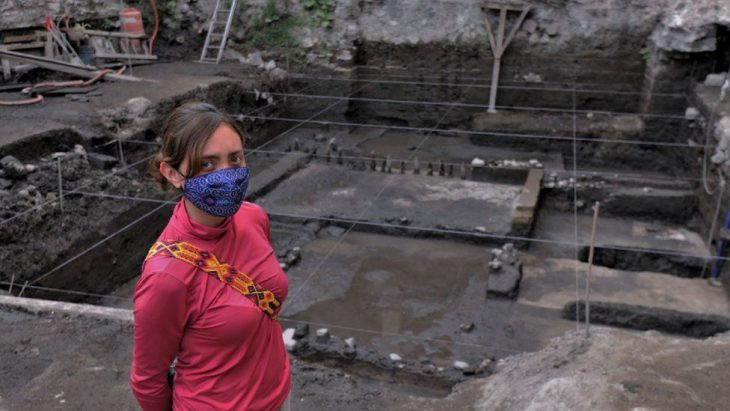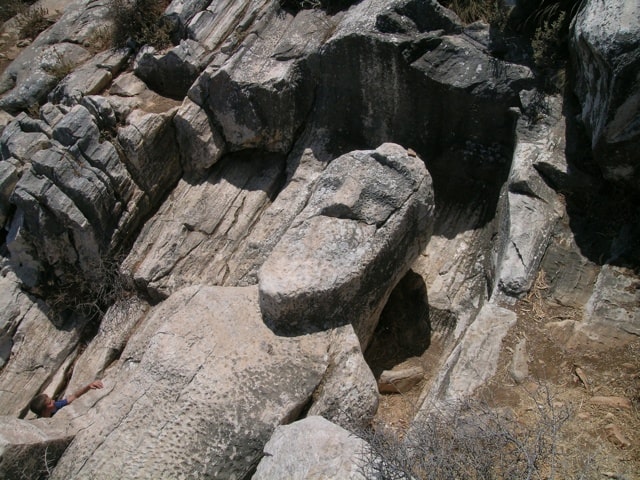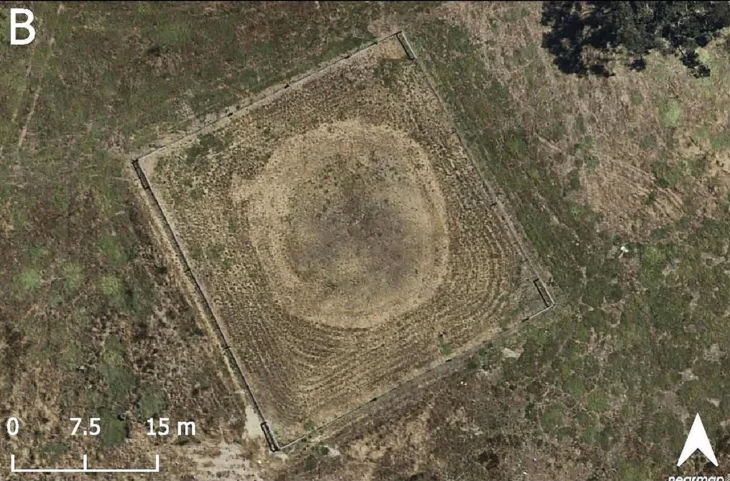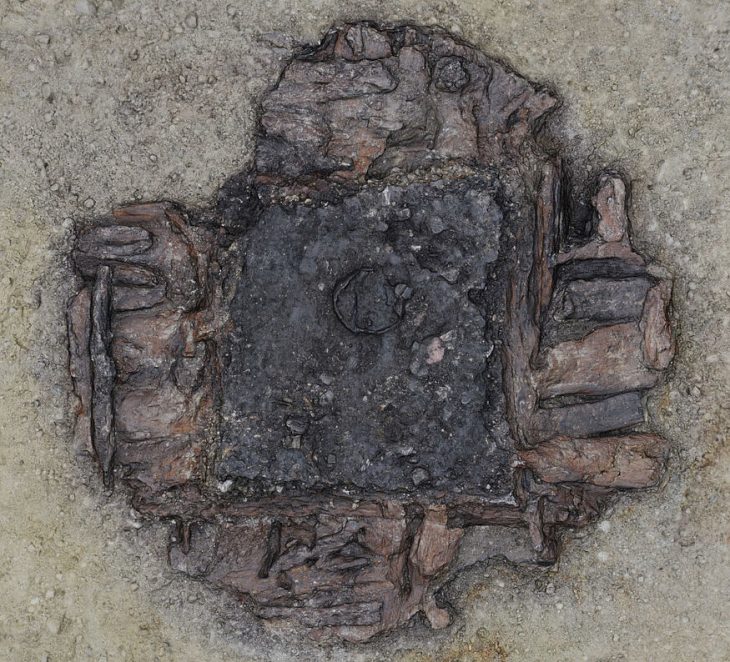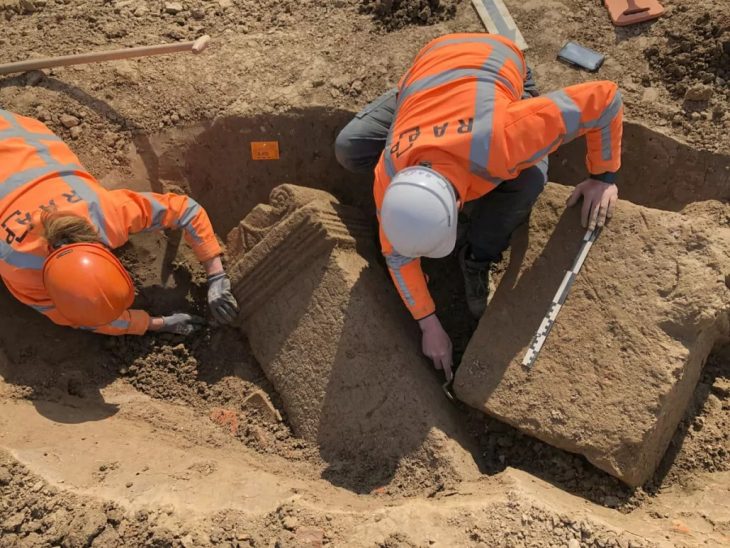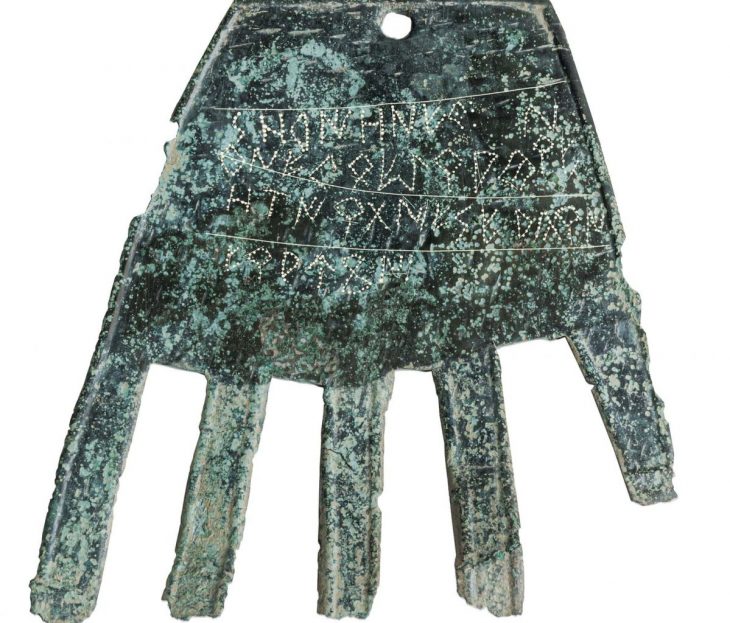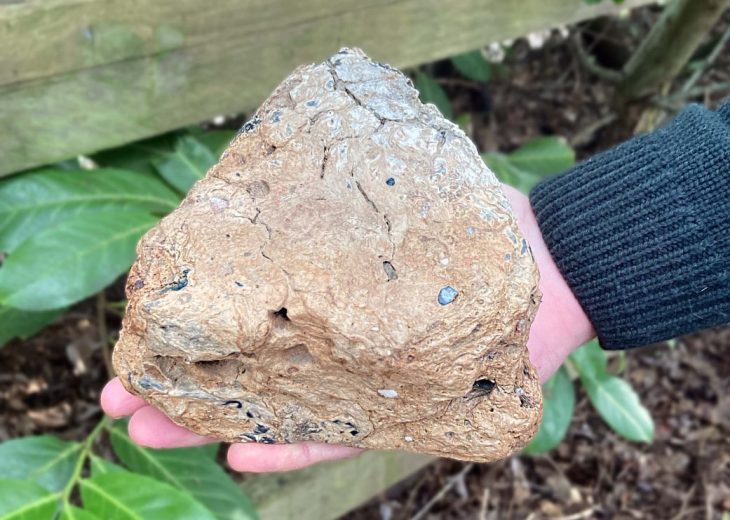New finds have indicated that some of Britain’s earliest people lived in the Canterbury suburbs.
According to the research, led by the Department of Archaeology at the University of Cambridge, archaeological discoveries made on the outskirts of Canterbury, Kent (England) confirm the presence of early humans in southern Britain between 560,000 and 620,000 years ago, making it one of the earliest known Palaeolithic sites in northern Europe.
Researchers have now used contemporary dating techniques using radiometric dating, infrared-radiofluorescence (IR-RF) dating, and controlled excavations of the site. The site was initially discovered in the 1920s when laborers discovered handaxes in an old riverbed.
In a study, published in the journal Royal Society Open Science, the researchers have confirmed the presence of Homo heidelbergensis, an extinct species or subspecies of archaic human which existed during the Middle Pleistocene and an ancestor of Neanderthals. Homo heidelbergensis is thought to have descended from the African Homo erectus during the first early expansions of hominins out of Africa beginning roughly 2 million years ago.

The study points out that early humans are known to have been present in Britain from as early as 840,000, and potentially 950,000 years ago, but that these early visits were fleeting. During this period, Britain was connected to Europe on the north-western peninsular of the European continent, allowing populations to migrate to new hunting grounds probably during the warmer summer months.
The recent excavations have not only dated the original site but also identified new flint artifacts, including the very first “scrapers” to be discovered there.
Researchers dated these stone tools using infrared-radiofluorescence (IR-RF) dating – a technique which determines the point at which feldspar sand grains were last exposed to sunlight, thereby establishing when they were buried.
Dr. Tobias Lauer from the University of Tübingen in Germany said: “The artifacts are precisely where the ancient river placed them, meaning we can say with confidence that they were made before the river moved to a different area of the valley.”

Homo heidelbergensis was a hunter-gatherer that ate a diverse range of animal and plant foods. Many of the tools discovered may have been used to process animal carcasses, potentially deer, horse, rhino, and bison; as well as tubers and other plants. Evidence of this can be seen in the sharp-edged flake and handaxe tools present at the site. The presence of scraping and piercing implements, however, suggest other activities may have been undertaken.
Dr Alastair Key from the University of Cambridge, who directed the excavation, says: “The diversity of tools is fantastic. In the 1920s, the site produced some of earliest handaxes ever discovered in Britain.
“Now, for the first time, we have found rare evidence of scraping and piercing implements at this very early age”.

Finds made on the outskirts of the city also hint at some of the earliest animal hide processing in European prehistory.
Dr. Tomos Proffitt from the Max Planck Institute of Evolutionary Anthropology, who analyzed the artifacts, said: “Scrapers, during the Palaeolithic, are often associated with animal hide preparation. Finding these artifacts may therefore suggest that people during this time were preparing animal hides, possibly for clothing or shelters”. The range of stone tools, not only from the original finds, but also from our new smaller excavations suggest that hominins living in what was to become Britain, were thriving and not just surviving.
Cover Photo: Artist reconstruction of Homo heidelbergensis making a flint handaxe. Gabriel Ugueto

